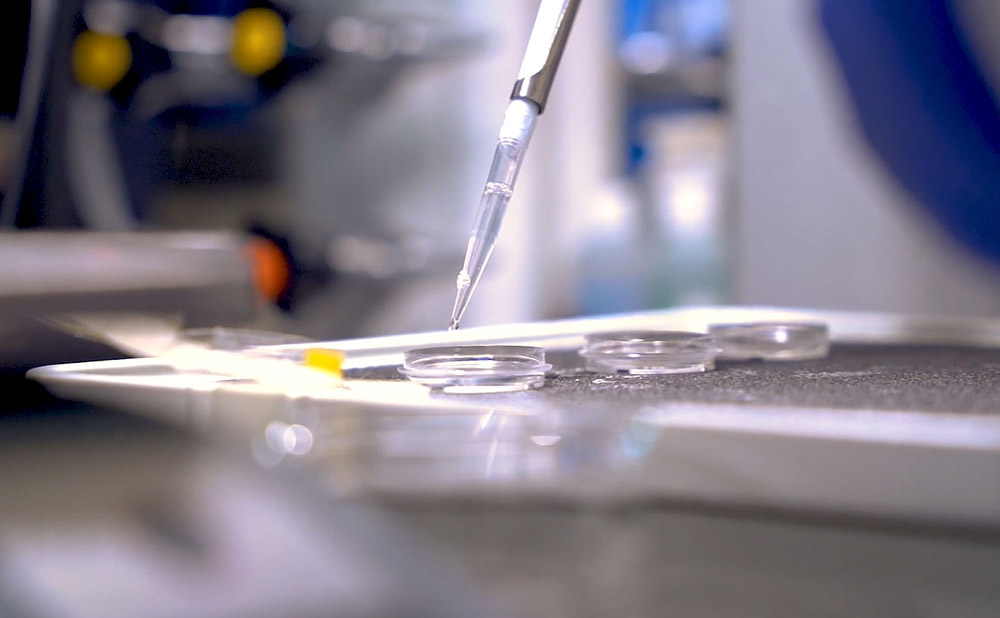Bioengineering Symposium Highlights Advances, Collaborations
By: Kim Horner | April 21, 2021

As The University of Texas at Dallas this month celebrated the first decade of its bioengineering program at a virtual 10th Anniversary Symposium, the focus was on expanding future partnerships to develop technology to improve and save lives.
“We want to be the place where people come for solutions,” said Dr. Shalini Prasad, professor and head of bioengineering and the Cecil H. and Ida Green Professor in Systems Biology Science in the Erik Jonsson School of Engineering and Computer Science. She said the University, which works with partners, including UT Southwestern Medical Center, corporations and other medical providers, aims to develop new biomedical collaborations.
The symposium on April 8 and 9 featured discussions with academic, student and industry leaders about the latest research advancements throughout the biomedical engineering field and at UT Dallas. University faculty and student researchers shared their ongoing work to create novel biosensors, imaging tools, a brain implant to provide artificial vision to some people with blindness, and other projects.

Decade of Excellence
Learn more about the growth in the Department of Bioengineering over the past 10 years on its website.
“We are celebrating what a great research university can and should be, and what it could mean to its community, its state and to the world,” said James B. Milliken, chancellor of the UT System, who spoke at the event.
Dr. Richard C. Benson, UT Dallas president and Eugene McDermott Distinguished University Chair of Leadership, said at the symposium that the University is fortunate to have a strong partnership with UT Southwestern. Students can earn degrees from both institutions as part of a joint program.
UT Dallas bioengineers currently are working with UT Southwestern researchers on 14 different projects funded by $6.9 million in research grants, Prasad said. She added that nearly one-third of bioengineering faculty members have labs at UT Southwestern so they can work more closely with the medical center’s researchers.
Undergraduate students also participate in research opportunities. Over the past five years, teams of bioengineering seniors have completed 71 bioengineering projects for sponsors as part of the UTDesign Capstone senior program.
“I am really proud of the fact that, in 10 short years, we are the third-largest undergraduate-enrolled program, according to ASEE [American Society of Engineering Education],” said Dr. Stephanie G. Adams, dean of the Jonsson School and the Lars Magnus Ericsson Chair.
“We are celebrating what a great research university can and should be, and what it could mean to its community, its state and to the world.”
James B. Milliken, chancellor of the UT System
In addition, the bioengineering department’s graduate program attracts students from around the world and ranks third among biomedical engineering programs at Texas public universities, according to U.S. News & World Report.
Annual bioengineering research expenditures at UT Dallas topped $17 million in 2019. The research enterprise includes efforts at the Texas Biomedical Device Center, where researchers from bioengineering, UT Dallas’ School of Behavioral and Brain Sciences and School of Natural Sciences and Mathematics, and UT Southwestern develop technologies to prevent injuries, detect impairments and restore quality of life lost due to neurological injuries and disease. In addition, the University’s Venture Development Center, a business incubator, helps students, faculty and alumni from the Department of Bioengineering and other academic departments commercialize their ideas and inventions.
“There should be little wonder why we are so excited by the accomplishments of this 10-year-old department, and why we are so optimistic about the future,” Benson said.
Media Contact:
Kim Horner, UT Dallas, 972-883-4463, kim.horner@utdallas.edu, or the Office of Media Relations, UT Dallas, (972) 883-2155, newscenter@utdallas.edu.





